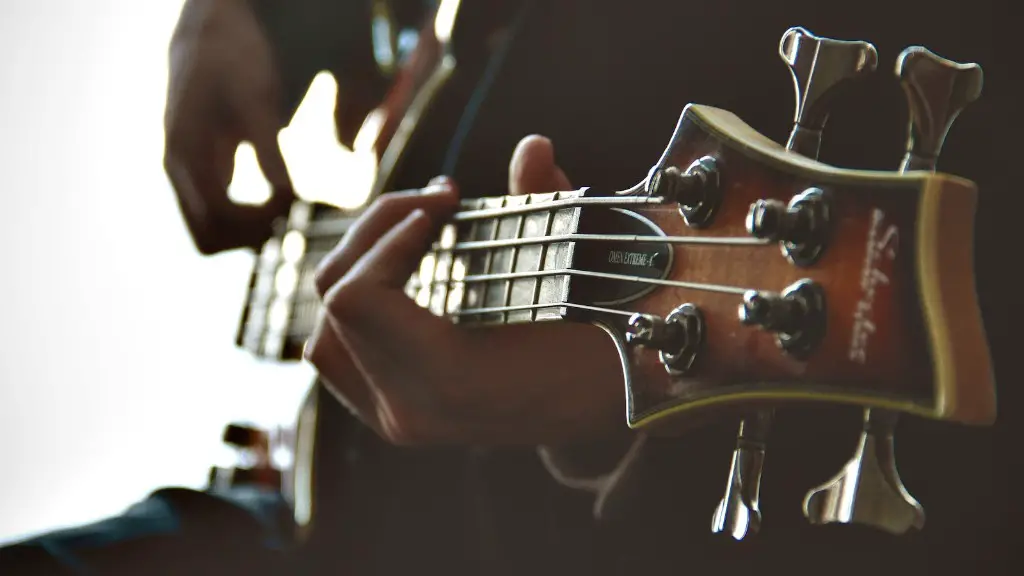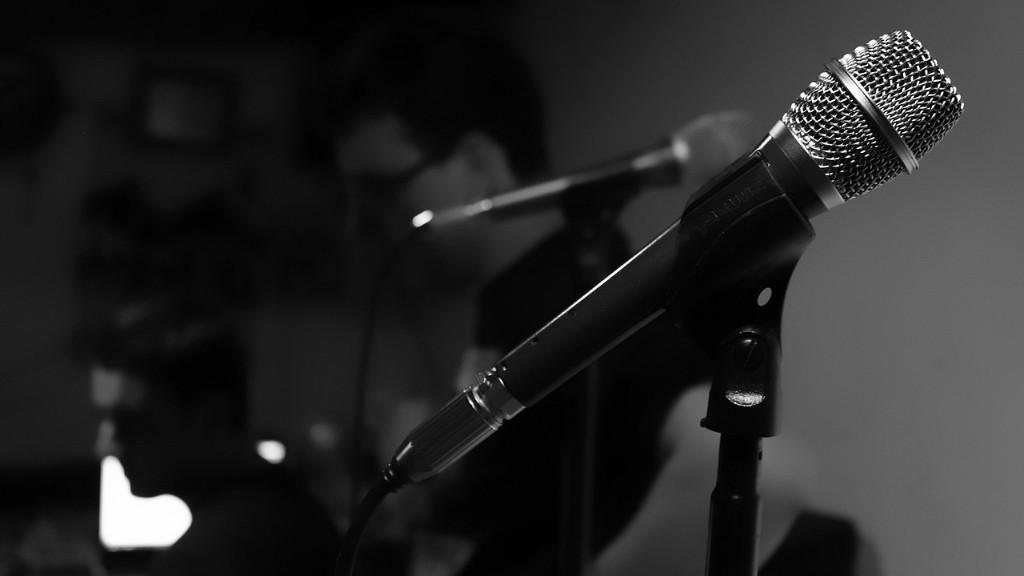How To Draw Anime Bodies: An Artform
Drawing anime bodies can seem like a daunting task to those just starting out, but with a few simple techniques, it can be a truly rewarding form of creative expression. Whether you’re aspiring to create the perfect hero or heroine, a captivating character, or just looking for an outlet for your inner artist, anime bodies are a great place to begin. So, let’s get started and explore just what it takes to draw an anime body.
The Basics: Anatomy & Proportions
The key to drawing anime bodies is understanding the basics of human anatomy. Proportion is a key element that anime artists use to give the audience a sense of realism. This means drawing a body in proportion to its real-world counterpart; if the body is too far off, it won’t look right. To get the proportions right, look at real-world examples first.
That said, anime bodies don’t need to be completely realistic; they are a form of stylization. Knowing the basics of human anatomy allows you to stylize in ways that still maintain a level of believability. This adds a level of expression to your artwork, and allows you to create something truly unique.
The Style: Shapes & Poses
The easiest way to draw anime bodies is to start with a basic skeleton: head, torso, arms, and legs. Then, flesh out the areas between them. The goal here is to create shapes, such as circles and ovals, that look natural and believable. Anime bodies are more angular than real bodies; emphasis is placed on sharp lines and curves.
Once the basic shapes are down, start working on the pose. Anime characters tend to pose dynamically, which means that you should pay close attention to the lines of the body and how they interact and flow with each other. This can be tricky, but with enough practice, achieving dynamic poses that still look believable will become second nature.
The Finishing Touches: Clothes & Hair
Once the basic structure of the body is complete, you can add clothing and hair. Drawing clothes and hair is largely a matter of personal preference; the main thing to keep in mind is that the clothes and hair should frame and emphasize the body, not overwhelm it. Think about what kind of message you want to convey with your anime character and pick clothing and hair that fits that message.
Clothing should fit the body, even if it is stylized. That means if the clothing is meant to be baggy, it shouldn’t look like it’s painted on or vice versa. Pay attention to the silhouette of the clothes; short lines and sharp curves look stylish, while long, smooth curves make the character look more realistic. Hair should also fit the anime body—long hair should flow with the curves of the body, and the hairstyle should fit the mood of the character.
The Coloring: Details & Emotion
The final step is to add color. This is a great opportunity to add more detail to the drawing, as well as express emotion. Make sure to use color to bring out the curves and lines of the anime body to create a sense of movement and energy. You can also use color to emphasize details in the clothing, such as buttons and patterns.
When painting, you should also think about the mood you want your character to convey. The colors and shading you choose will convey the emotion you are trying to evoke. Pick colors that are appropriate to the environment, as well as the character’s personality.
Conclusion
Drawing anime bodies is a fun and rewarding activity. If you remember the basics—anatomy and proportion, stylization, clothing and hair, and colors and shading—you’ll be able to create something truly unique and full of life. So, give it a try, take your time, and before you know it, your anime body will be ready for its debut.

